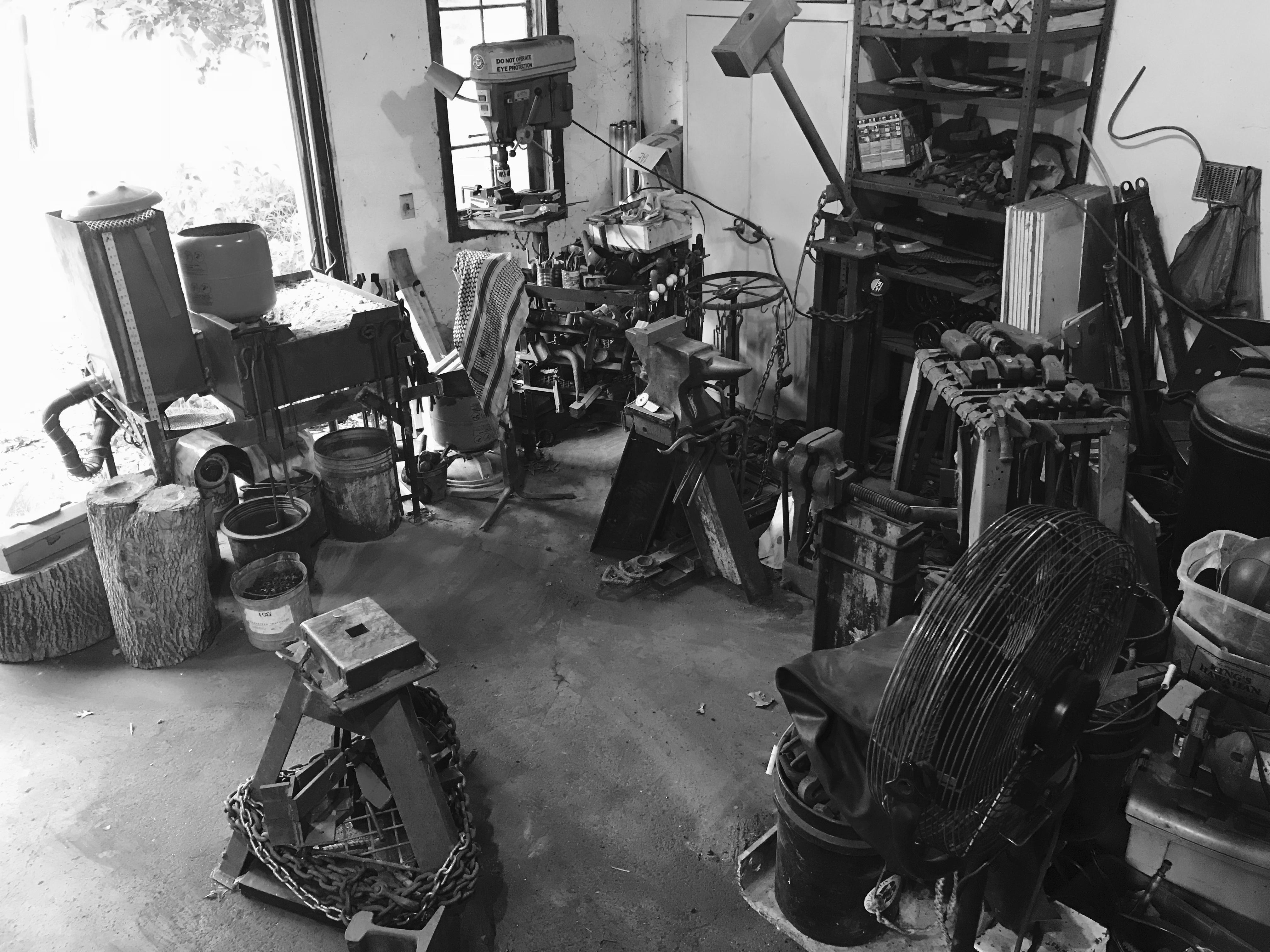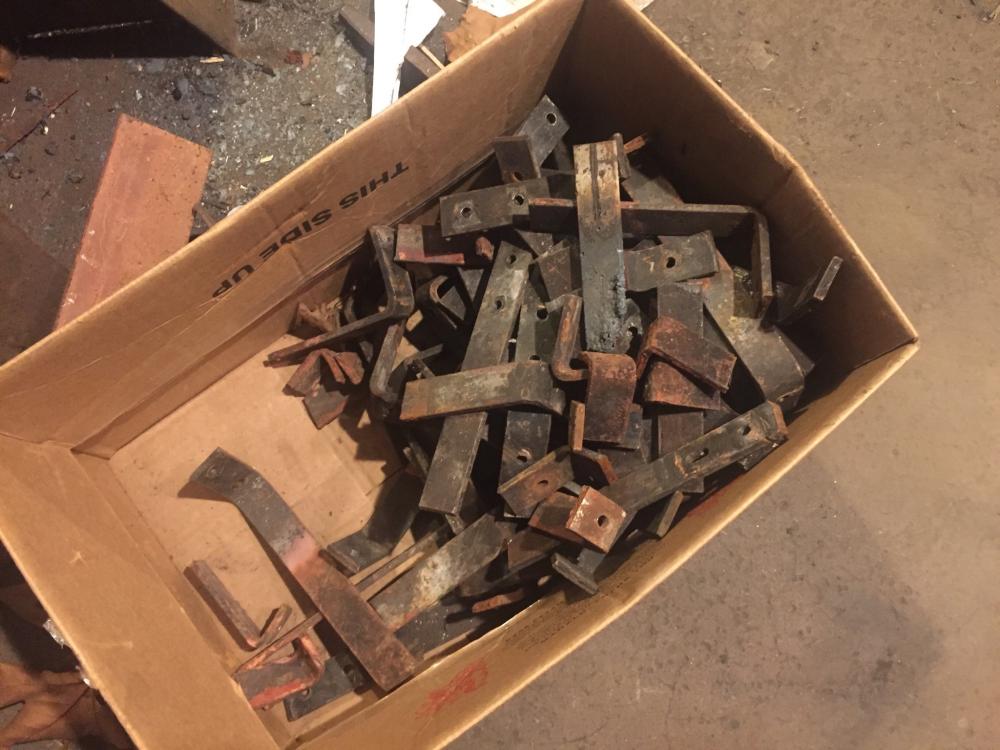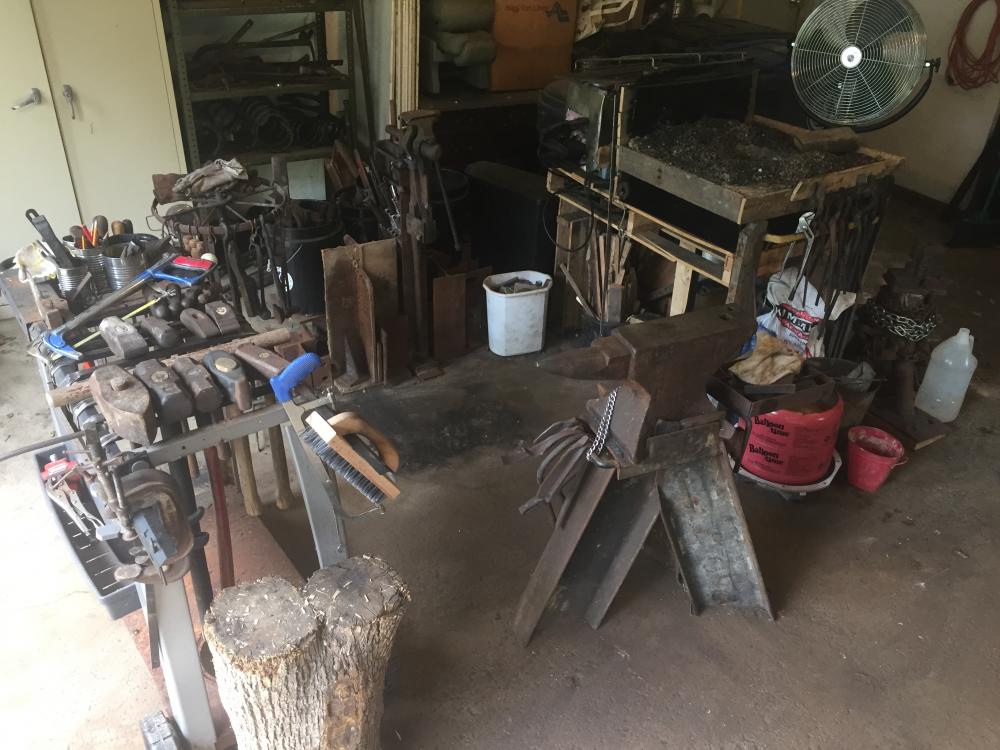-
Posts
19,307 -
Joined
-
Last visited
Content Type
Profiles
Forums
Articles
Gallery
Downloads
Events
Everything posted by JHCC
-
But then you could have your coke and eat it too!
-
The hot shot furnace at Castillo de San Marcos was (I believe) part of the battery built in 1842-1844. Here's an interesting overview of the process and its equipment (no pictures, unfortunately): http://friendsoffortmacon.org/hot-shot-furnace/ Also this, which has pictures of both the furnace at Castillo de San Marcos and the ruined furnace at Fort Morgan in Alabama: https://www.nps.gov/parkhistory/online_books/regional_review/vol2-2d.htm
-
That's a gripping story.
-
May just have been for moving them from point A to point B without having to bend over.
-
In a nutshell, it's all about helping a person figure out what difference they want to make through their generosity, and helping make that happen. In other words, every donor, whatever their other motivations, essentially wants things to be better (in a particular way) after the gift than they were before. My job is to help people identify what kind of impact they want to have, how that can be accomplished with the resources they have at their disposal, and given the opportunities to make such an impact at the college where I work. For example, one woman I work with is really, really, really concerned about helping first-generation students (i.e., people who've never had anybody in their family go to college before) succeed. This is a real challenge, as the college environment can be extremely alienating and disorienting, and it can be really hard to find the on-campus resources you need (e.g., how to connect with a writing tutor or learn about summer internships). A lot of first-gen students can be really intimidated by the bureaucracy, and if they can't find what they need the very first time, they're unlikely to try again, just because it's such so hard to make the emotional and psychological effort. A lot of the time, they just need to talk to someone who understands where they're coming from. Well, we have a peer mentorship program for first-gen freshmen, where they get matched up with a first-gen junior or senior who helps them learn to navigate the college environment (that whole "teach a man to fish" thing). It's incredibly effective for the freshmen, and it's actually a paying work-study job for the mentors ( most of whom are also low-income and could use the money). So, I told our alumna about this program and how it works, and she decided that this was what she wanted to support. She made a five-year pledge to create a permanent endowment, the income from which will support the program, and she also started making cash contributions to underwrite the program right away, while the endowment is building up. Because of her generosity, we were able to quadruple the number of peer mentors, which meant that each mentor had only a quarter of the caseload, which meant that they could spend four times as much time with each mentee. First-gen graduation rates go up, mentors have good campus jobs that teach them skills that will be incredibly useful in the workplace, and she gets the satisfaction of making something great happen that wouldn't have happened (at least not in the same way) otherwise -- so much satisfaction, in fact, that she subsequently decided to establish a scholarship fund for first-gen students. I first met this same woman, by the way, when she decided to give us some cellos she'd had for some years and wasn't playing anymore. One of them was made in about 1725 and was probably (for all you Classical music fans out there) the instrument upon which Anatoliy Brandukov premiered the Tchaikovsky Pezzo Capriccioso and the Rachmaninoff Cello Sonata (Paris 1887 and Moscow 1901, respectively). This is just one example; I've also helped folks with scholarship funds, funds for undergraduate research in computer science, resources for the renovation of our theater, planning to make gifts through their estate plans, and so on. The key thing to remember is, it ain't about the money. It's about what people care about and what kind of impact they want to make. Money is just part of how we make it happen.
-
Switch to Pepsi.
-

General help on a brick forge/ needing info
JHCC replied to old school blacksmith's topic in Solid Fuel Forges
Ted Tucker's Practical Projects for the Blacksmith (1980) shows the same method on pp. 24-6 -- it's actually the second project in the book, after a simple punch to make the rivet hole. -
If it hasn’t spoiled after about 250 million years, you've got a month or two.
-
It’s a big investment for a fuel you haven’t tried yet. You might find that TSC anthracite isn’t for you, and then you’re stuck with 3/4 of a ton of coal. If you’ve got a lot of storm-downed wood, I’d suggest making charcoal and using that.
-
Nice video, Jennifer, even with the editing issues. Got me thinking what I can do to fix the issues with my own (half-finished) first pan. Thanks.
-
That it’s almost as good as a Mousehole!
-

What did you do in the shop today?
JHCC replied to Mark Ling's topic in Blacksmithing, General Discussion
Disassembled all the bolted-together wrought iron brackets I salvaged a little while back. Amazing how quickly you can “unbolt” with a cold chisel and a heavy hammer! -

What is a good size for a small hobby shop?
JHCC replied to Glenn's topic in Building, Designing a Shop
My first two smithies were outdoors: first in the back yard of my parents’ house in Philadelphia, and then essentially in the middle of a field in Vermont (winter smithing was fun). My current hobby operation occupies a roughly 8’ square section of a two-car garage, which is plenty for what I’m doing. I will occasionally use the rest of the garage for laying out a larger project or as somewhere to put workpieces that need to air cool. -
No one has yet asked me about how to facilitate significant and effective philanthropy, but I’m confident that that day will come.
-
Somewhat quotidian, perhaps, but the basic cutoff hardy is one of the most useful tools around. I've made half a dozen in the couple of years since I went back into the forge, and it seems like it gets used at least once on almost every project. Less fancy than @ThomasPowers version, I do get a lot of use out of my spring fuller, too.
-
Umm...REcertification training? I can just imagine: "I'm sorry, Vaughn, but you just know too much for us to decertify you this year. Come back when you've forgotten more."
-

General help on a brick forge/ needing info
JHCC replied to old school blacksmith's topic in Solid Fuel Forges
Sorry; my bad. If you go to the "DF - In The Shop" channel on YouTube and look for "Blacksmithing For Beginners - Forging Tongs in a Basic Shop", you'll find what I'm talking about. -
Is that criticism or praise?
-
In the West. In China, they're sooo 11th century.
-

Spirit of the Land Festival - Lockhart Australia
JHCC replied to Cathsonn's topic in Metal Sculpture & Carvings
Advance Australia Rusty! -
https://imgs.xkcd.com/comics/cast_iron_pans.png
-
If the photo were in black and white, it would be "The Gray Picture of Durian".
-

General help on a brick forge/ needing info
JHCC replied to old school blacksmith's topic in Solid Fuel Forges
I think it was @Dillion Brian Grant who was having the hand/arm problems, but I could be wrong. In a word, No. Even the most simple tongs require some degree of forging. However, Denis Frechette has about the simplest version I've ever seen, that should help you get started: Mod Note: Link removed due to advertising and request for money. -
We all have our standards. Or as we used to say in the retail business, "Sell to the classes, live with the masses; sell to the masses, live with the classes.
-
Here's another for you, Theo: What are you reading? A book about metal fasteners. Is it any good? It's riveting!


